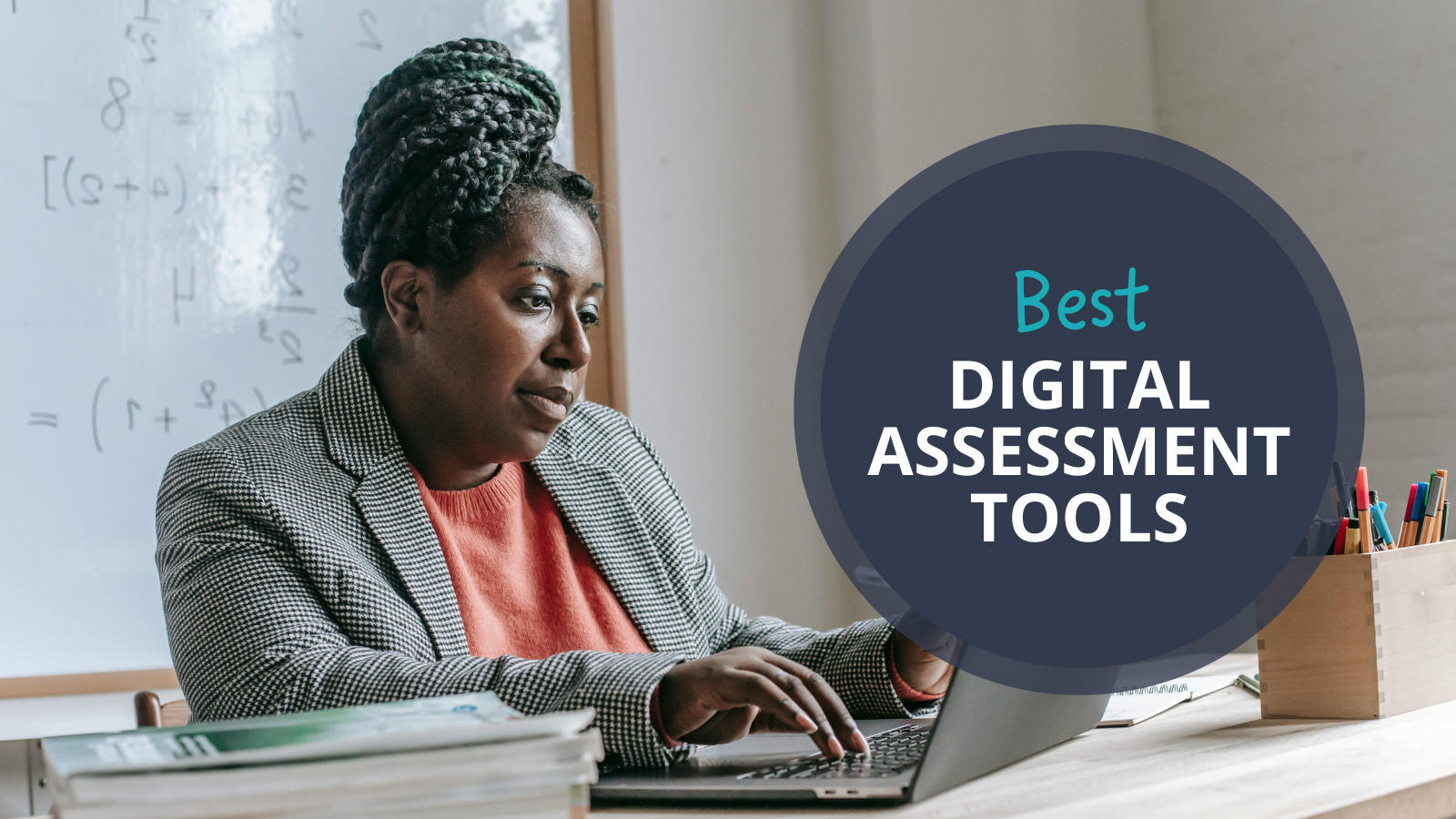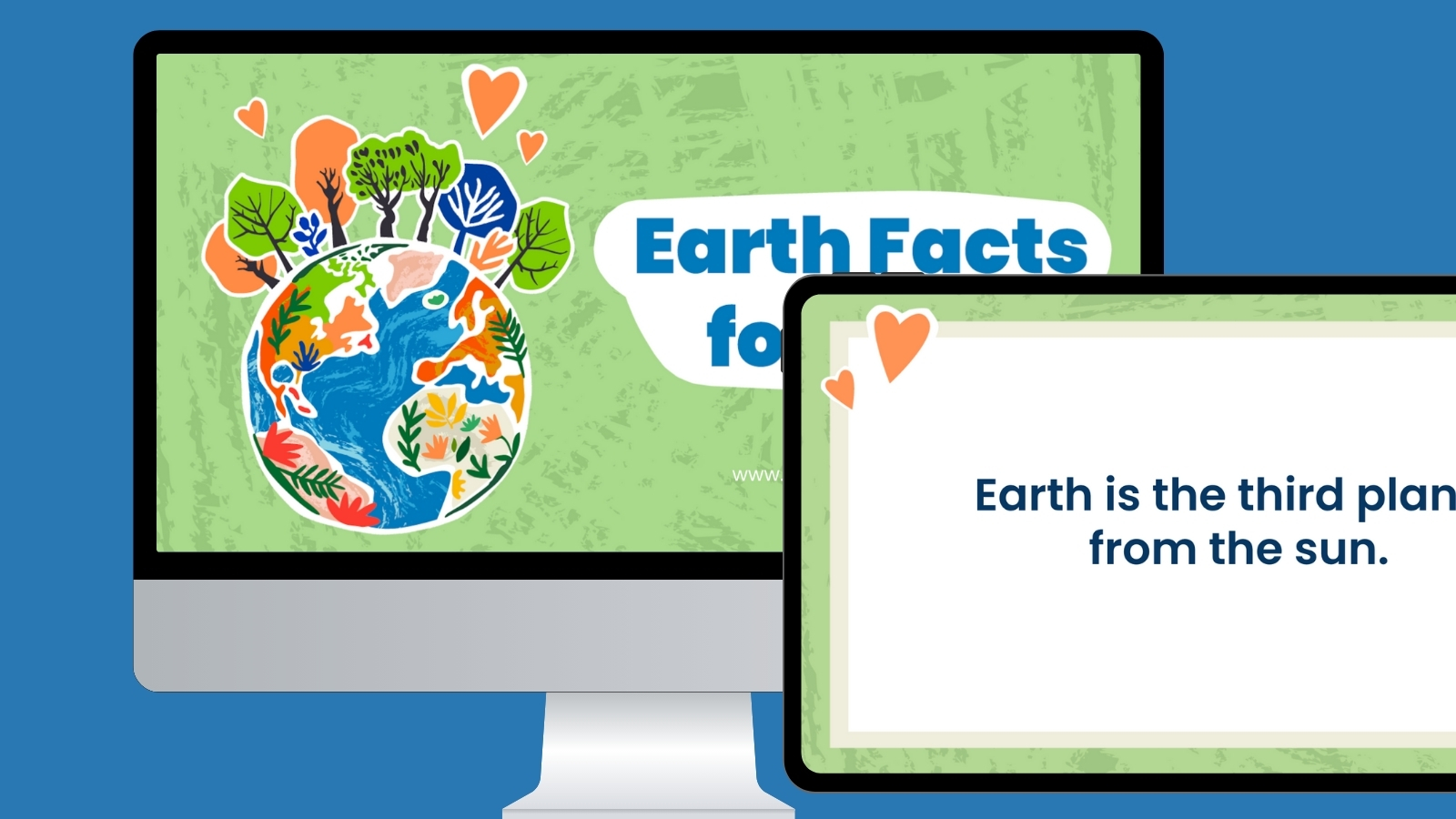Like many high school chemistry teachers, Angie Hackman instructs students on atoms, matter and, she says, how they “influence the world around us.”
But Hackman also has another responsibility in class: developing students’ reading skills. For about 20 of the 80 minutes of almost every class, she engages her chemistry students in literacy skills, she said: closely reading passages from their textbooks, “breaking apart” prefixes and suffixes for relevant vocabulary and identifying root words. During a recent lesson, she discussed the word “intermolecular,” dissecting its prefix, “inter,” and connecting it to other words with that same prefix.
Every teacher at her school, the Health Sciences High and Middle College, in San Diego, shares in the responsibility of teaching students literacy skills, regardless of the subject they teach. That’s because so many students, even incoming ninth graders, arrive at the school without basic reading skills, according to Douglas Fisher, an administrator at the school. While some students also receive one-on-one remediation, Fisher said that research shows those interventions aren’t enough to close the gap.
“We have kids that on our benchmark knowledge assessments are scoring what is the equivalent of second grade, first grade, fourth grade,” said Fisher, who is also a professor and chair of educational leadership at San Diego State University. Yet, by the time students graduate, he said, the goal at the secondary school is that they have “reading levels ready for college.”
The San Diego charter school, known as HSHMC, has expected content teachers to integrate literacy into their lessons since its 2007 founding. To help them succeed, the school — which last year served just over 500 high schoolers, roughly 80 percent of whom qualified for free or reduced priced lunch — provides its teachers with daily professional development and coaching on literacy instruction and other topics.
HSHMC’s approach of integrating literacy into content classes is something that researchers are calling for. Jade Wexler, a professor of special education with a focus on secondary literacy at the University of Maryland, said her research suggests that while some students are able to catch up to their peers after interventions — or pull-out sessions in the special education setting — others merely “trudge along and maintain status relative to their typically developing peers.” According to Wexler, a bigger impact may come from embedding reading instruction into other classes, “where these kids spend a majority of their day.”
But very few schools currently integrate effective literacy practices into content classes, according to experts on reading. That said, a handful of states and school districts are starting to explore the approach.
Patty Topliffe, who teaches social studies at Woodstock High School in Vermont, said teaching vocabulary and other literacy skills to her students helps them understand primary source documents. Credit: Image provided by Patty Topliffe
Poor reading skills are a nationwide issue. On the 2022 National Assessment of Education Progress, known as the Nation’s Report Card, nearly 70 percent of eighth graders scored below “proficient” and, of those, 30 percent scored “below basic.”
“In a typical classroom that’s about 25 kids, that means about 17 are still struggling to comprehend text at the most foundational level,” said Wexler.
That may be due, in part, to larger failures of literacy instruction. For decades, the primary methods for teaching students how to read in the U.S. were out of line with current research, known as “the science of reading.”
The wide body of research indicates students need explicit instruction in foundational reading skills, like phonics, in order to be able to recognize and make sense of words on the page. But for years, many schools relied on a curriculum that ignored or minimized those skills.
Some high school teachers are seeing the fallout, said Wexler.
“Many students struggle at the secondary level with decoding, typically multisyllabic words, so those longer words that they’re encountering in science text, for example, or in social studies text,” Wexler said. “We also have a lot of our kids that can decode these words at decent levels and with fluency but they still struggle to comprehend the text that they’re reading.”
Related: Retraining an entire state’s elementary school teachers in the science of reading
In recent years, school systems have begun to make changes. Between 2019 and 2022, more than 200 laws to reform reading instruction were enacted in 45 states and the District of Columbia, according to a report by the Albert Shanker Institute.
But, according to the report’s authors and other experts, legislation on reading reform is focused on early grades. Some experts and educators worry the reading reform movement has left older students behind.
Susan B. Neuman, the report’s lead author and an education professor at New York University, said high schools were least affected by the wave of legislation up to 2022.
“It is mostly targeted on those early grades,” Neuman said. “You could even say that four through sixth grade is left behind a bit.”
Kayla Reist, another author of the Shanker Institute report, said that if states started focusing on high schoolers in reading reform legislation, they would “really have to start talking about teacher preparation programs” and professional development. That’s because many high school teachers finish their training without lessons on how to teach reading, since, traditionally, explicit instruction on reading skills ends around third grade.
Patty Topliffe (center right) and other English and social studies teachers at Woodstock High School, in Vermont. Their school district, Mountain Views Supervisory Union, is in the process of training all content teachers in foundational literacy. Credit: Image provided by Julie Burtscher Brown
“It’s widely known that elementary teachers in the U.S. over the past few decades have not necessarily been well prepared to teach kids reading in ways that are aligned with the scientific evidence base,” said Heidi Beverine-Curry, chief academic officer at The Reading League, a nonprofit organization that promotes the science of reading. “It’s even harder to find middle school and high school teachers who have been prepared with the requisite knowledge.”
Middle and high school teachers may also be hesitant to embrace the approach. In a 2008 practice guide on improving adolescent literacy, the Institute of Education Sciences (a research institution that is part of the U.S. Department of Education) stated that “many teachers report feeling unprepared to help their students or do not think that teaching reading skills in content-area classes is their responsibility.”
“If you are a science teacher, you want to teach science, you really don’t want to hang out and talk about the academic vocabulary of science,” Neuman said.
Related: America’s reading problem: Scores were dropping even before the pandemic
A few states are trying to do something about this, though. A law passed in Idaho in 2021 not only required all districts to teach reading using “evidence-based” instruction, it also required K-12 teacher preparation programs housed at any state institution of higher education to prepare teachers according to that reading plan. In addition, the law called for the state to assess students in teacher prep programs on their ability to demonstrate “teaching skills and knowledge congruent with current research on best reading practices.”
In Ohio, a new state law requires all of the state’s public school teachers and administrators to receive training in the science of reading, including high school content teachers.
Melissa Weber-Mayrer, the chief of literacy at the Ohio Department of Education and Workforce, said part of the training that content teachers in grades 6-12 receive includes information about “advanced morphology” (the study of words’ structure and parts) and how to bolster vocabulary.
Some individual school districts are taking steps to integrate literacy into content instruction, too. The Mountain Views Supervisory Union school district in Vermont is in the process of training all content teachers in foundational literacy, said Julie Burtscher Brown, its literacy facilitator. This past academic year, all high school English and history teachers received training; this fall, it’s science and math teachers’ turn.
Since the training started, teachers have been “providing more opportunities” for students to engage with text and practice reading multisyllabic words, Brown said.
Patty Topliffe teaches social studies at Woodstock High School in Brown’s district. She said the training in foundational reading skills goes “hand in hand” with her regular instruction. Especially with primary source documents — historical texts, like the Declaration of Independence, that come from the time period being discussed — many students struggle due to unfamiliar vocabulary, she said. Topliffe recalled breaking down the word “democracy” by its parts to support comprehension and pronunciation.
Related: PROOF POINTS: Learning science might help kids read better
Back in 2000, the National Reading Panel, a 14-member group working with the Department of Education, identified six techniques for effective reading instruction: phonemic awareness, phonics, fluency, guided oral reading, vocabulary and comprehension. Many of those same practices likely apply to older students as well, said Neuman, the NYU professor.
Beverine-Curry said the books used in class account for the biggest differences in how reading is taught to different age groups. Books that are designed to help kids practice foundational reading skills, known as decodable books, are mostly made for elementary classes.
“We definitely could use more decodable texts out there that are age appropriate in its illustrations, and in its content for teens and adults,” Beverine-Curry said.
Wexler said that for many subjects, about 80 percent of students do well in general education classes and don’t need supplemental interventions. But for adolescents who are learning to read, “that ratio is flipped.” She said there is “no way” schools can provide interventions to all those kids.
Wexler is researching ways to build “a school-wide literacy model at the secondary level” to address the widespread need for reading support. That might include strategies like the one HSHMC in San Diego has embraced.
Related: PROOF POINTS: Controversies within the science of reading
Kimberly Elliot, an instructional coach at HSHMC, said teachers of all subjects are receptive to the literacy training the school provides. But the instruction looks different in different classrooms.
“What a close read looks like in a science class might be slightly different than supporting students to break down a mathematics problem,” Elliot said.
While Hackman, the chemistry teacher, spends a lot of class time reading articles, Maggie Fallon, a math teacher, said she primarily supports literacy by teaching students new vocabulary.
“It’s more like figuring out what word equals a mathematical symbol,” Fallon said, explaining that she often asks her students to annotate word problems to derive meaning.
Faiza Omar, who took Hackman’s class last school year as a junior, learned English as a second language and didn’t receive the foundational reading interventions until she started at HSHMC in high school. She said the additional reading review in her main subject classes helped “make sure everyone is on the same page.”
“It gives me understanding of what’s going on,” Omar said.
Omar said that after learning basic decoding skills in school, she boosted her reading skills by reading manga and watching “K-dramas” with English subtitles. Her greater fluency has helped her in countless everyday ways: reading signs, navigating her city, reading menus at restaurants.
“It’s so nice to understand,” Omar said.
This story about high school literacy was produced by The Hechinger Report, a nonprofit, independent news organization focused on inequality and innovation in education. Sign up for the Hechinger newsletter.
The post Many kids can’t read, even in high school. Is the solution teaching reading in every class? appeared first on The Hechinger Report.
Like many high school chemistry teachers, Angie Hackman instructs students on atoms, matter and, she says, how they “influence the world around us.” But Hackman also has another responsibility in class: developing students’ reading skills. For about 20 of the 80 minutes of almost every class, she engages her chemistry students in literacy skills, she
The post Many kids can’t read, even in high school. Is the solution teaching reading in every class? appeared first on The Hechinger Report. Elementary to High School, Solutions, Literacy, Parents, teachers The Hechinger Report





